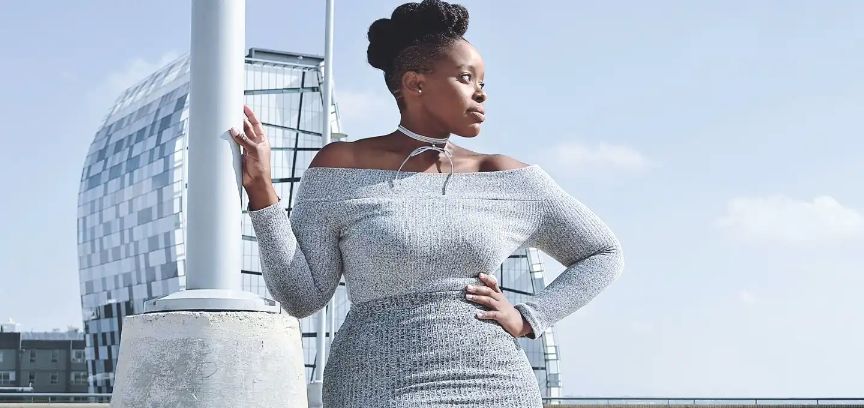The Impact of Technology on Photography Trends
3 min read
28 Jul 2024
The world of photography is in a state of constant evolution, driven by rapid technological advancements. As cameras, editing software, and sharing platforms continue to evolve, they reshape photography trends and the way we capture and share moments. In this article, we'll explore the profound impact of technology on photography, from the rise of smartphone photography to the emergence of AI-driven editing tools, and how these changes are influencing the way we perceive and create visual art.
1. Smartphone Photography Revolution
The advent of smartphones has democratized photography, putting high-quality cameras in the hands of millions. Smartphone photography has become a dominant trend, enabling people to document their lives effortlessly. The convenience and accessibility of smartphones have given rise to a vast ecosystem of mobile photography apps, filters, and social media platforms that facilitate sharing and artistic expression.

2. AI-Powered Editing
Artificial intelligence (AI) is transforming the editing process. AI-driven editing tools can automatically enhance photos, adjusting elements like exposure, color balance, and sharpness with remarkable precision. These tools not only save time but also allow photographers to experiment with creative styles. AI also plays a role in content categorization and search, making it easier to manage vast photo libraries.
3. Drone Photography and Aerial Perspectives
Drones have expanded the horizons of photography, quite literally. Aerial photography, once reserved for professionals with access to helicopters or planes, is now accessible to enthusiasts and hobbyists. Drones provide breathtaking perspectives, capturing landscapes, cityscapes, and events from the sky. This trend has enriched visual storytelling and allowed for new creative expressions.
4. Augmented Reality (AR) Filters and Effects
AR has permeated photography with interactive filters and effects. Social media platforms offer a plethora of AR filters that transform selfies and photos into works of art, fostering creativity and self-expression. From face-altering filters to immersive 3D overlays, AR adds layers of storytelling and playfulness to photography.
5. Computational Photography
Computational photography blends software and hardware to produce stunning results. Features like Night Mode, HDR, and computational bokeh are now standard in many cameras. These technologies leverage algorithms to enhance low-light performance, dynamic range, and background blurring, pushing the boundaries of what is possible in photography.
6. Instant Sharing and Communities
Technology has enabled instant sharing through social media platforms dedicated to photography. Instagram, for instance, has become a global hub for photographers and enthusiasts to showcase their work and connect with like-minded individuals. Online communities and hashtags have given rise to trends and challenges, fostering creativity and collaboration.
7. Virtual Reality (VR) and Immersive Experiences
VR and 360-degree photography have introduced immersive storytelling. Viewers can step into a photographer's shoes and explore scenes as if they were there. Whether it's virtual tours of exotic destinations or immersive documentaries, VR photography is pushing the boundaries of how we experience visual narratives.
Conclusion: A Dynamic Landscape
The impact of technology on photography trends is undeniable, ushering in an era of accessibility, creativity, and innovation. From smartphone photography's ubiquity to AI-powered editing, drones capturing aerial wonders, AR filters adding fun and depth, computational photography redefining possibilities, and the instant sharing culture, technology has democratized photography. As we look ahead, the fusion of tech and photography promises even more exciting trends, pushing the boundaries of visual storytelling in a dynamic and ever-evolving landscape.


